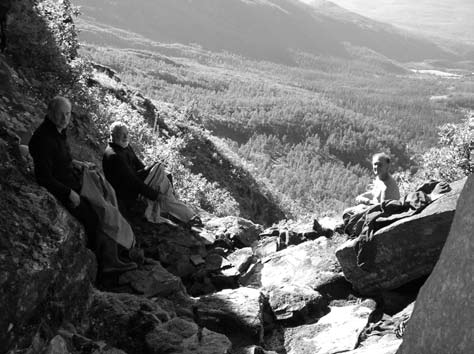The One-eighth Relationship that Constrains Deglacial Seismicity and Cave Development in Caledonide Marbles
DOI:
https://doi.org/10.3986/ac.v36i2.187Povzetek
The formation of karst caves in Caledonide metamorphic limestones in a repeatedly-glaciated 40000km2 region in central Scandinavia was initiated by tectonic inception, a process in which open fracture routes, primarily created by deglacial seismicity, provided the opportunity for subsequent dissolution and enlargement into cave passages in both deglacial and interglacial environments. The tectonic inception model built on reports of a ‘partially detached’ thin upper crustal layer in similar settings in Scotland and this paper shows that the present maximum subsurface cave distance (i.e. the distance of a passage to the nearest land surface) is commonly less than one-eighth of the depth of the local glaciated valley. This suggests that fracture generation was related to the scale of isostatic uplift and was partly determined by the magnitude of seismicity caused by the differential pressure change and differential uplift that occurred along valley walls as the ice margin of each of the major Pleistocene icesheets receded from west to east. The maximum one-eighth relationship is also commonly maintained in other Caledonide marble terranes in Scandinavia, Scotland and New England (USA), suggesting that many of the caves in these areas were formed by similar processes.
Prenosi

Prenosi
Objavljeno
Kako citirati
Številka
Rubrike
Licenca
Avtorji jamčijo, da je delo njihova avtorska stvaritev, da v njem niso kršene avtorske pravice tretjih oseb ali kake druge pravice. V primeru zahtevkov tretjih oseb se avtorji zavezujejo, da bodo varovali interese založnika ter da bodo povrnili morebitno škodo.
Podrobneje v rubriki: Prispevki




